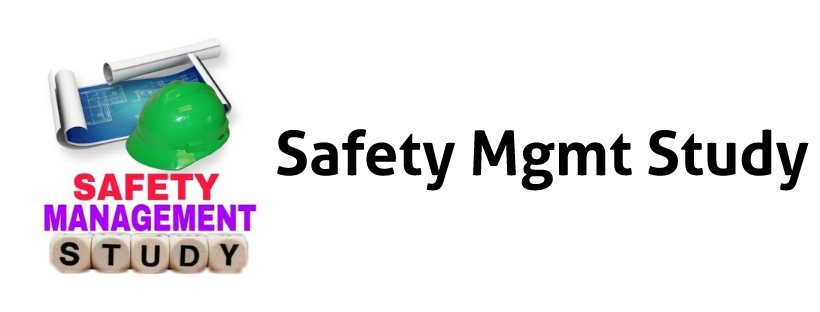Hydro Jetting Hazards and Safety Precautions: Navigating Through with Awareness
Introduction
In the realm of plumbing and maintenance, hydro jetting emerges as a powerful tool for cleaning and unclogging pipes. This method employs high-pressure water streams to remove build-ups and blockages, ensuring a clean and clear pipeline system. However, while hydro jetting offers an effective solution for maintenance needs, it is not without its hazards. Understanding these risks and implementing safety precautions is paramount for the well-being of operators and the integrity of plumbing systems.
What is Hydro Jetting?
 |
| Hydro Jetting Hazards and Safety Precautions: Navigating Through with Awareness |
Hydro jetting is a cleaning technique used by professionals to clear sewer lines and pipes of blockages and buildup. It involves the use of high-pressure water jets, capable of pressures up to 35,000 pounds per square inch (psi). This method is highly effective at removing grease, debris, roots, and other obstructions, making it a preferred choice for serious plumbing issues.
Components Used in Hydro Jetting
Hydro jetting systems comprise several key components:
- High-Pressure Hose: A durable, flexible hose capable of withstanding high pressures.
- Nozzle: Attached to the end of the hose, nozzles are designed to direct high-pressure water in a way that efficiently cleans pipes.
- Water Pump: Generates the high pressure required to propel water through the hose.
- Water Tank: Stores the water that will be used in the cleaning process.
Hazards in Hydro Jetting
1. High-Pressure Water Injury: The high-pressure water used in hydro jetting can cause serious injuries if it comes into contact with skin or eyes, potentially leading to lacerations or even amputation.
2. Waterborne Bacteria Exposure: Operators may be exposed to harmful bacteria if wastewater splashes occur during the cleaning process.
3. Equipment Misuse: Incorrect use of hydro jetting equipment can lead to pipe damage, including cracks and bursts.
4. Slip and Fall Accidents: Wet surfaces created during hydro jetting increase the risk of slip and fall accidents, posing a hazard to both operators and bystanders.
Safety Precautions While Hydro Jetting
1. Wear Protective Gear: Operators should always wear protective gear, including gloves, goggles, and waterproof clothing, to minimize the risk of injury.
2. Proper Training: Before operating hydro jetting equipment, individuals must receive proper training to understand its operation and safety procedures fully.
3. Inspect Equipment Regularly: Regular inspection and maintenance of hydro jetting equipment ensure that all components are in good working condition, reducing the risk of accidents.
4. Secure the Area: The area around the hydro jetting operation should be secured to prevent unauthorized access and minimize the risk of slip and fall accidents.
Do's & Don't During Hydro Jetting
Do's:
- Do check for pipe integrity: Before hydro jetting, inspect the pipes for any signs of damage or weakness to prevent exacerbating existing issues.
- Do use the correct nozzle: Choosing the right nozzle for the job can significantly reduce the risk of pipe damage.
- Do clear the area: Ensure that the area is free of unnecessary equipment and bystanders to minimize accidents.
Don't:
- Don't ignore safety protocols: Skipping safety measures can lead to severe injuries or property damage.
- Don't force the hose: If resistance is felt, stop and assess the situation to prevent pipe damage.
- Don't overlook protective gear: Failing to wear the appropriate protective gear exposes operators to unnecessary risks.
Conclusion
Hydro jetting stands out as an efficient method for clearing pipes and sewers, but it carries with it significant hazards. By understanding these risks and adhering to strict safety precautions, operators can protect themselves and ensure a successful cleaning process. Implementing the outlined do's and don't will further enhance safety and efficiency, making hydro jetting a reliable solution for plumbing maintenance.
FAQ's
What is the primary workplace hazard associated with hydro jetting?
The primary hazard is the risk of high-pressure water injuries, which can cause severe lacerations, bruises, or even amputation. High-pressure water jets can penetrate skin and protective clothing, emphasizing the need for proper safety gear and precautions
What type of protective gear is essential for hydro jetting operations?
Essential protective gear includes waterproof gloves, non-slip boots, eye protection (goggles or face shields), and hearing protection. Depending on the risk assessment, full face masks and waterproof body suits may also be required to protect against high-pressure water and debris
How can workplace safety be ensured during hydro jetting operations?
Ensuring workplace safety involves several steps: conducting a hazard assessment before beginning work, providing comprehensive training for all operators, using the correct tools and equipment, enforcing the use of appropriate personal protective equipment (PPE), and establishing clear safety protocols and emergency procedures
Is a permit required for hydro jetting operations in a workplace?
Depending on the location and the nature of the work, a permit may be required, especially for industrial or commercial settings. Always check local regulations and guidelines regarding high-pressure water jetting to ensure compliance with safety and environmental standards
How should bystanders be protected during hydro jetting operations?
Bystanders should be kept at a safe distance from the operation area. Use barriers or signage to mark the work zone and ensure that only authorized and properly equipped personnel enter the area. Informing all nearby workers or residents about the ongoing work can also help minimize unnecessary exposure


.jpg)









.png)

.png)

0 Comments